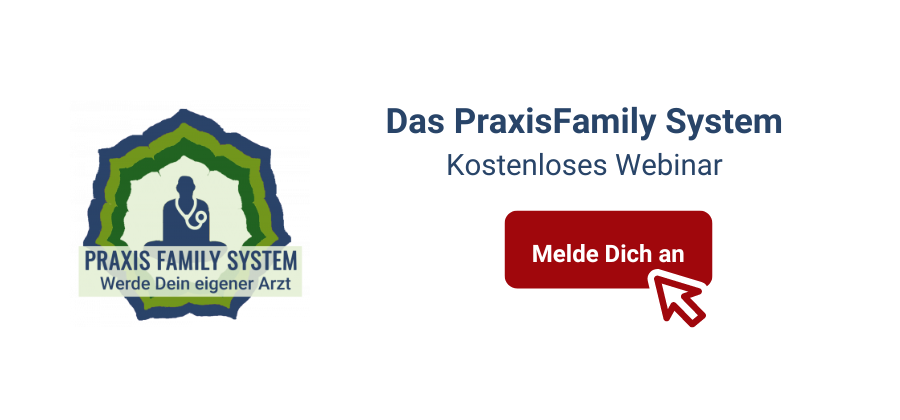Most parents know it – the child suddenly suffers from fever and regardless of the age of the child, the worry is great at first. However, fever is not always a cause for concern and does not necessarily have to be reduced as quickly as possible. In this article you will learn what types of fever there are, how to recognize them and what treatment options are available.
Fever briefly explained
If the body temperature rises above 38 degrees, this is called a fever. Fever is the body’s best way to get rid of possible viruses or bacteria quickly. These are very sensitive to heat and simply die at certain temperature changes. Thus, they can no longer multiply and the body’s own immune system has an easy game. However, if the fever is brought down immediately, the child is deprived of the opportunity to heal itself quickly and easily.
Recognize triggers
If the child suffers from fever, it should be accompanied, but not necessarily reduced. The first thing to do is to find out what is the underlying cause of the fever. This can usually be seen quite well from the fever level:
If the fever does not exceed 39 degrees, viruses are usually the triggers, for example the classic cold viruses. If, on the other hand, it rises above 39 degrees, the cause is often bacteria such as streptococci, staphylococci and possibly other bacteria. Of course, there are exceptions, such as the measles viruses, which cause high fevers of 40 degrees and more. In case of doubt, the pediatrician should always be consulted!
Unfortunately, many doctors give fever-reducing drugs too quickly and also treat the child with antibiotics, which would not be absolutely necessary. In addition, viruses cannot be treated with antibiotics and thus, if antibiotics are administered by mistake, the microbiome is destroyed and the immune system is weakened. Antibiotics cause the immune system to shut down, meaning the child is supposedly better, but the disease is still in the body.
If the fever is lowered, it basically prolongs the infection. The immune system takes much longer to fight, because the viruses and bacteria can multiply blithely. In such cases, the body’s immediate remedy of fever cannot take effect.
If you know the trigger of the fever, you should let your child fever.
Wet and dry fever
There are two types of fever, which must be distinguished, also with regard to the measures to be taken. When the fever is wet, the child drinks copiously and sweats. It is a positive, healing fever. No treatment is necessary here up to 40 degrees. Only when the fever exceeds 41 degrees does it become dangerous and must be treated.
In dry fever, the child does not drink or sweat and is at risk of dehydration. In this case, a visit to the doctor or even to the emergency room is unavoidable, since the brain may be affected by the infection. The child would be given IV fluids in such cases so that enough fluids are supplied. However, this form of fever is very rare.
Damp fever can be well sat out during the day, even if the child is crying and sickly. For sleeping, homeopathic remedies such as Aconitum (for wet fever) and Belladonna (for dry fever) can be given and the classic calf compresses can be applied. The administration of ibuprofen is also very effective. Sleep should be ensured, because the immune system can work even worse without sleep. If the parasympathetic nervous system does not kick in, the entire system cannot heal well.
Do not panic if your child suffers from fever. With the help of our Family Diagnostics practice, you can quickly identify the triggers of the fever and take action if necessary. In most cases, it helps to stay calm and let the child fever. The body’s self-healing powers then take care of the rest.

